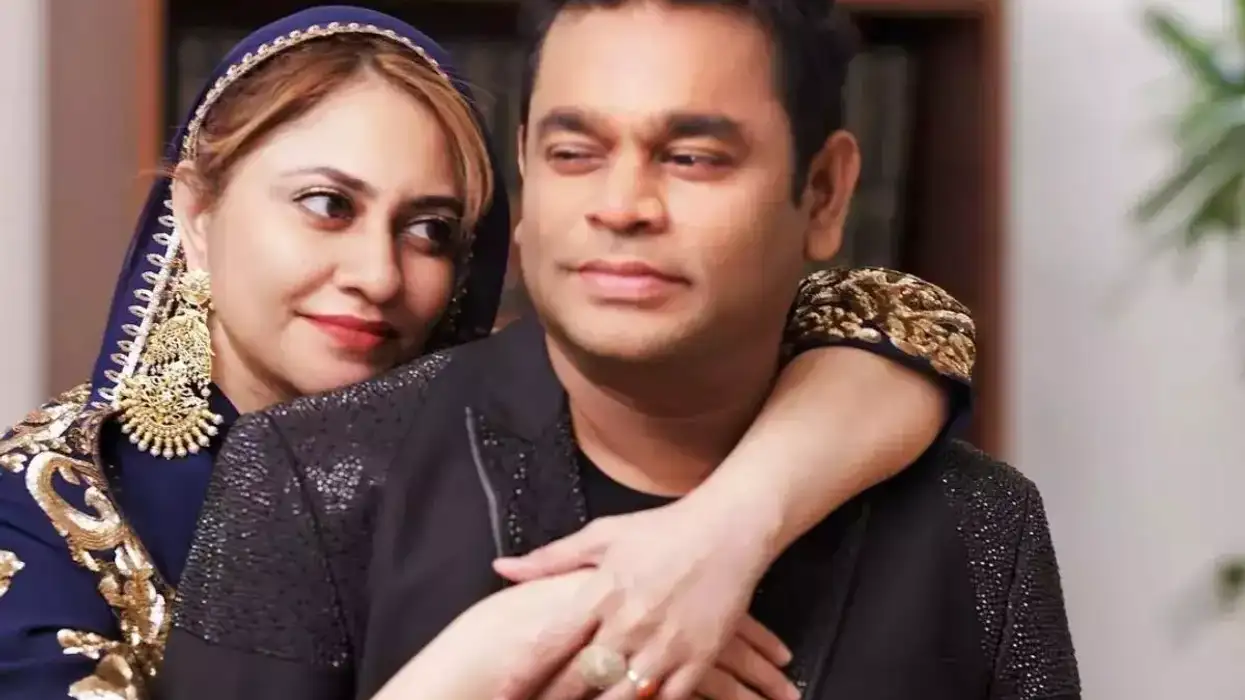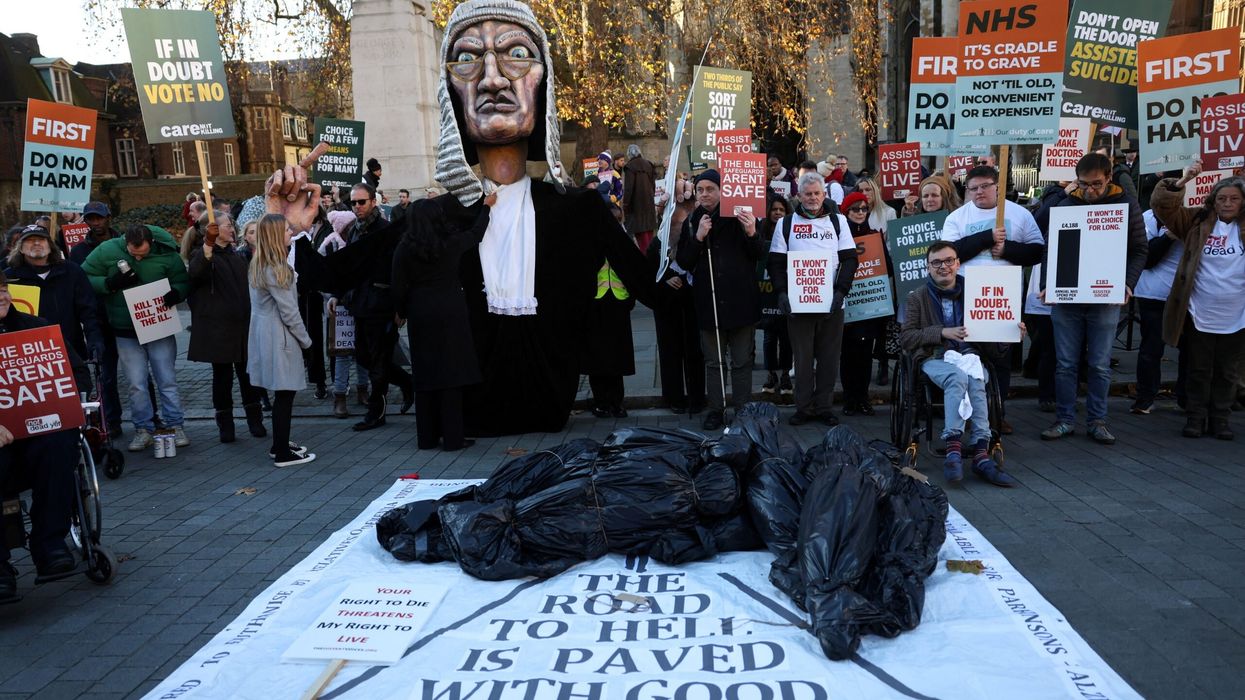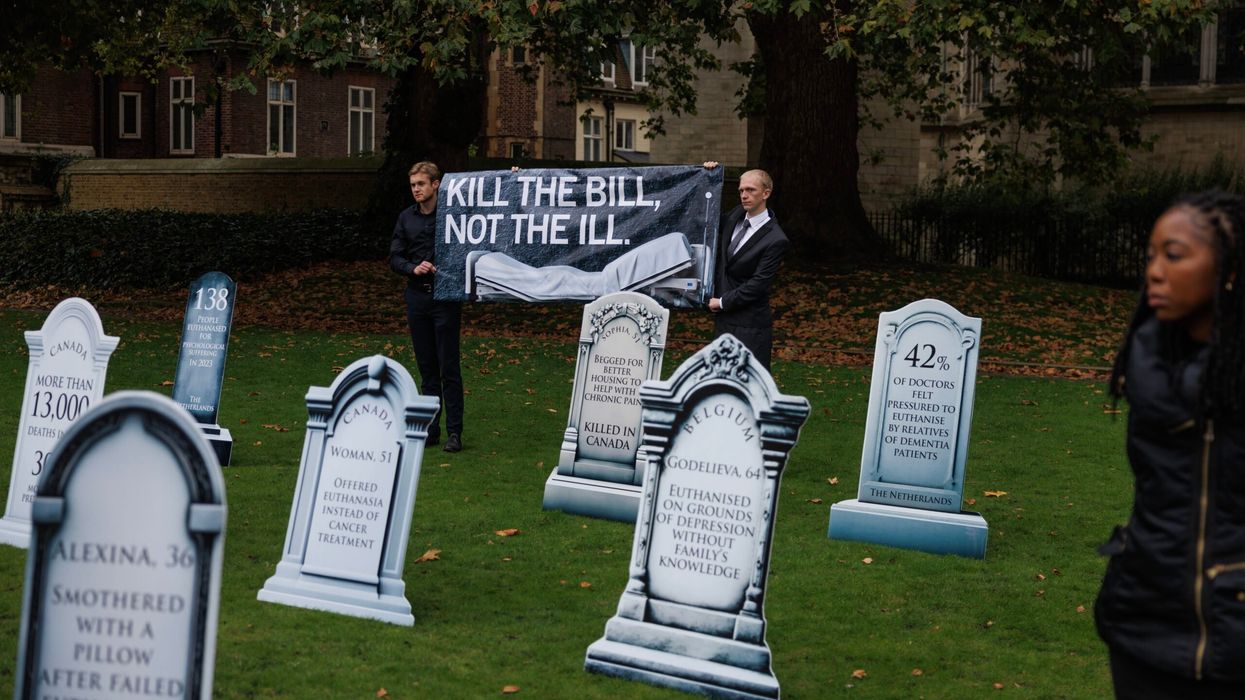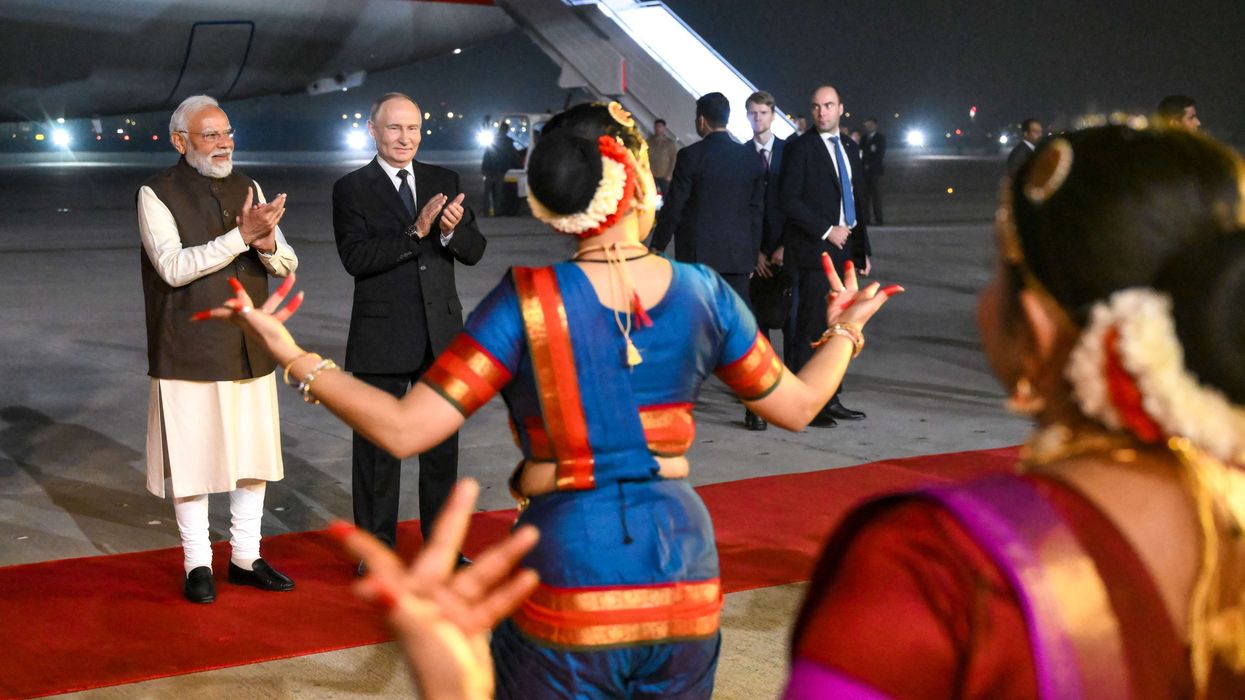By Amit Roy
THE Black Lives Matter (BLM) movement didn’t exactly win friends in the Indian community by daubing the word “racist” on the pedestal steps of Mahatma Gandhi’s statue in Parliament Square and flicking white paint on the bronze. In fact, quite the opposite.
I have not heard of a single black leader who has offered an apology for this outrage.
Those who attacked Gandhi, arguably the greatest human being of the 20th century, should also by the same logic desecrate the monuments of Nelson Mandela and Martin Luther King Jnr, because they proudly proclaimed they were his followers and inspired by his example.
Mandela wrote an essay, The Sacred Warrior, which historically curious BLM activists should read. “There are those who believe he was divinely inspired, and it is difficult not to believe with them,” he wrote.
King, who visited India in 1959, said: “I came to see for the first time that the Christian doctrine of love operating through the Gandhian method of non-violence was one of the most potent weapons available to oppressed people in their struggle for freedom.”
Even General Jan Smuts, the South African leader who repeatedly clashed with Gandhi, developed respect and admiration for his Indian adversary. Incidentally, Smuts, too, merits a statue in Parliament Square.
And of Gandhi, Albert Einstein observed: “Generations to come, it may well be, will scarce believe that such a man as this one ever in flesh and blood walked upon this Earth.”
There are malcontents and warped people in every society, some of whom have started a perverse petition calling for the removal of Gandhi’s statue in Leicester.
Gandhi had no more scathing critic than himself, all laid out in An Autobiography: The story of My Experiments with Truth. He evolved as a person with the years. If anything, his lessons in non-violence are needed today more than ever. It is worth emphasising he was assassinated because his critics accused him of being a Hindu who was too soft with India’s Muslims.











